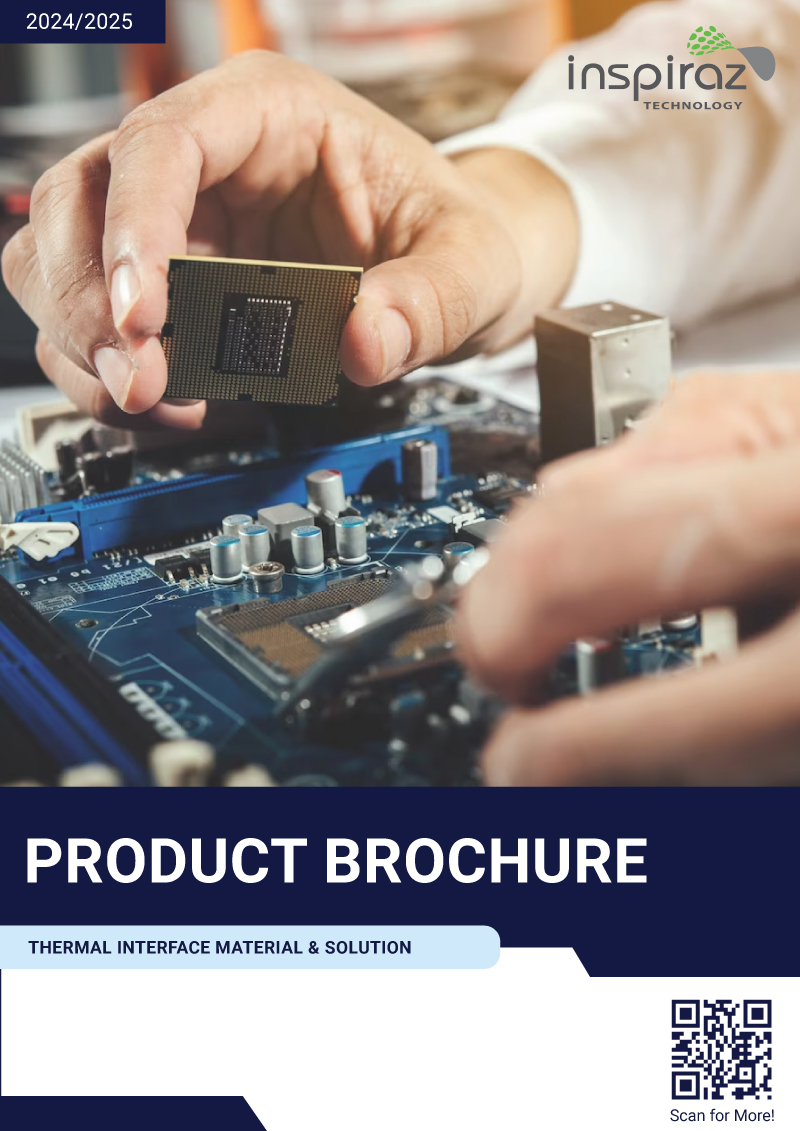
Fill up the following form and download our product brochure:
With demands of higher processing speed & power in many electronic devices, more heat will be generated. Removing heat effectively & efficiently is important to maintain the performance of the electronics devices.
Three main categories of TIM:



Fill up the following form and download our product brochure: